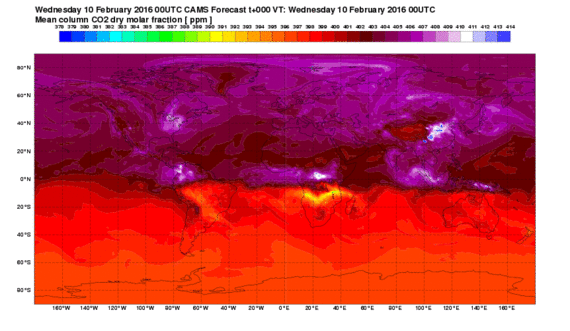- August 11, 2013
- in Green Tips
- by marcos
- 525
- 0
Passive HouseA residential building construction standard requiring very low levels of air leakage, very high levels of insulation, and windows with a very low U-factor. Developed in the early 1990s by Bo Adamson and Wolfgang Feist, the standard is now promoted by the Passivhaus Institut in Darmstadt, Germany. To meet the standard, a home must have an infiltration rate no greater than 0.60 AC/H @ 50 pascals, a maximum annual heating energy use of 15 kWh per square meter (4,755 Btu per square foot), a maximum annual cooling energy use of 15 kWh per square meter (1.39 kWh per square foot), and maximum source energy use for all purposes of 120 kWh per square meter (11.1 kWh per square foot). The standard recommends, but does not require, a maximum design heating load of 10 W per square meter and windows with a maximum U-factor of 0.14. The Passivhaus standard was developed for buildings in central and northern Europe; efforts are underway to clarify the best techniques to achieve the standard for buildings in hot climates. New England is hosting a one-day conference in Boston with presentations on a variety of topics that are likely to interest GBAGreenBuildingAdvisor.com readers, including “Passive House and Cost Optimization in the South.”
Among the speakers scheduled for the upoming event are Adam Cohen, Chris Corson, Jesse Thompson, Marc Rosenbaum, and Martin Holladay.
The symposium will be held at the University of Massachusetts – Boston on Saturday October 27. The cost to attend is $75 (or $35 for students).
More information on the event is available at the Passive House New England website.
For more details on the day’s schedule, click here.


